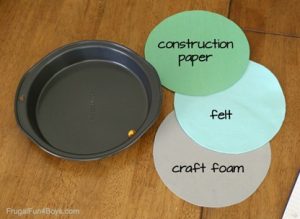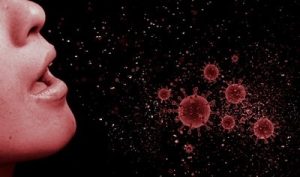Boost your tunes and learn some science! We’ll build a DIY phone speaker using common household items. This project is a fantastic way to learn about sound waves, amplification, and the basics of engineering design.
Supplies
- 1 cardboard tube or paper towel roll
- 2 paper cups or plastic cups (test the difference)
- Scissors
- Pencil
- Washi tape (optional to decorate)
- Smartphone
Make a DIY Phone Speaker
Prepare the Tube: Use a pair of scissors to cut a rectangular slit in the center of your paper towel tube. Use the bottom of your phone to trace the opening. This slit should be just large enough to hold your phone securely.

Prepare the Cups: Cut small circular holes in the sides of each cup, big enough for the ends of the tube to fit inside. Trace the end of the cardboard tube on the lower side of each cup to get the right fit. The cups will act as sound amplifiers.

Assemble the Speaker: Insert one end of the tube into the hole in the first cup and the other end into the second cup. Ensure a snug fit, and if needed, use masking or washi tape to secure the tube to the cups.

Test the Sound: Place the base of your phone in the slot on the tube, play some music, and listen! You should notice a significant increase in volume and clarity.

Sound Wave Science
Sound is created when something vibrates. These vibrations move through the air as waves. Think of a wave in the ocean moving up and down — like how sound waves travel, except they move through the air, not water.
When you play music on your smartphone, the speaker creates tiny vibrations that travel through the air in all directions. These sound waves are quite small and spread out quickly, which makes the sound seem quieter.
In this DIY speaker project, we focus on the sound waves by channeling them through paper towel tubes and cups. The tube helps guide the sound waves in one direction instead of letting them spread out. Then, the cups act like amplifiers by bouncing the sound waves inside, making them stronger. As the sound waves bounce and exit the cup, they come out more powerfully, which makes the music sound louder to our ears.
When you listen through your DIY speaker, you hear the sound waves more focused and amplified. This shows how engineers use materials and design to control sound and make it louder or clearer. This kind of science can be found in real speakers, headphones, and even large concert sound systems!
Extension Activities
- Experiment with Different Sizes: Try using larger or smaller cups to see how the size affects sound amplification.
- Add Decorations: Customize the speaker with washi tape, paint, or markers to make it uniquely yours while testing if the decorations affect the sound quality.
- Explore Sound Science: Research different types of speakers and how professional speaker designs utilize similar principles for amplifying sound.
Idea taken from the blog LittleBinsforLittleHands







 Supplies Needed
Supplies Needed
